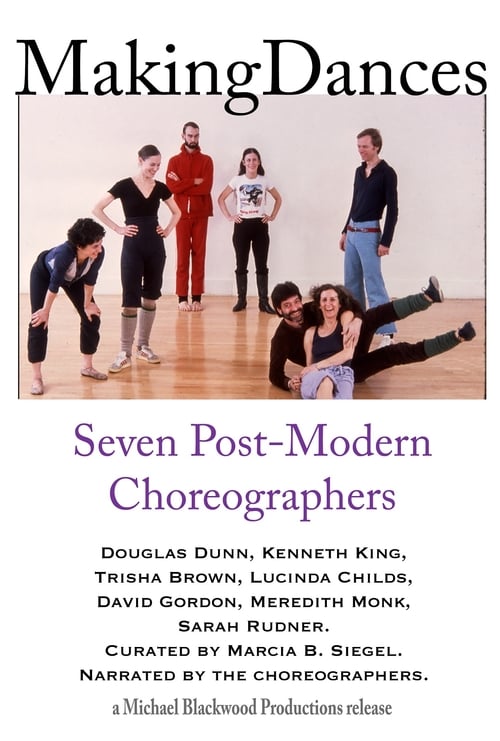
Making Dances: Seven Post-Modern Choreographers (1980)
장르 : 다큐멘터리
상영시간 : 1시간 29분
연출 : Michael Blackwood
시놉시스
Made in 1980, this film explores the contemporary dance scene through the work of seven New York-based choreographers. They discuss the nature of dance and the evolution of their own work. Filmed at rehearsals, performances, and during interviews, the film is a unique primary source. The artistic roots of these seven artists can be found in Martha Graham's concern with modern life as a subject for dance and in Merce Cunningham's emphasis on the nature of movement. In the 1960s, the interaction of art forms generated choreographic innovations. Especially influential was John Cage, whose radical ideas served as a point of departure for much of the new choreography. Each of the choreographers in Making Dances draws inspiration from the Graham/Cunningham tradition, yet each makes a highly distinctive statement. Structure, movement in non-fictive time and space, and the nature of movement itself are recurring themes.
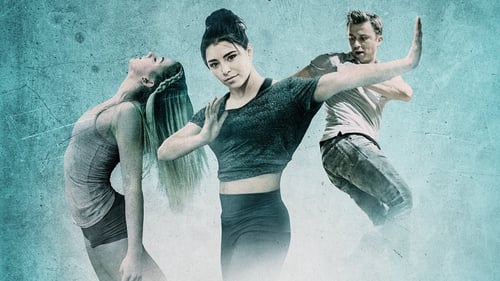
정통 클래식 발레단 ‘아메리칸 발레 컴퍼니(ABC)’는 재정 위기를 타파하고자 클래식 발레와 모던 댄스를 결합한 모던 발레를 선보이기로 하고, 오디션을 통과한 12명의 후보자들을 대상으로 집중 훈련 캠프를 열어 단원을 선발한다는 계획을 발표한다. 카페에서 웨이트리스로 일하며 꿈을 키우는 벨라 파커(니콜 무노즈)는 유명 발레리나 케이트의 동생이라는 사실을 숨긴 채 오디션에 지원한다. 테크닉은 미숙하지만 가능성에 합격점을 받아 선발된 벨라는 실력파 발레리나 알레그라(모드 그린), 15세의 천재 댄서 그웬(클로이 루카지액), 그리고 파트너로 배정된 발레리노 데이먼(바톤 코우퍼스웨이트)과 서로 도와가며 연습에 매진한다. 그런데 ABC의 총감독 조나단(피터 갤러거)이 케이트와의 거래를 통해 다음 시즌 특별 출연을 조건으로 벨라를 최종 합격시키로 했다는 루머가 퍼지는데…
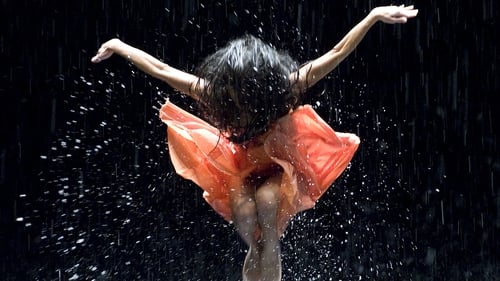
춤의 역사를 바꾼 천재 무용가 피나 바우쉬의 독창적인 예술세계가 시네마 거장 빔 벤더스에 의해 매혹적인 3D 영상으로 부활한다. 촬영 직전, 피나 바우쉬가 암 진단 5일만에 갑작스럽게 세상을 떠나 작품 자체가 무산될 위기에 처하지만 그녀의 오랜 예술적 동지였던 빔 벤더스는 생전 그녀와의 약속을 지키기 위해서 혼신의 힘을 다해 를 완성한다. 봄의 에너지와 생명력을 폭력적인 군무를 통해 보여주는 <봄의 제전>, 인간의 갈망과 외로움을 미니멀하게 담아낸 <카페 뮐러>, 남녀 관계에서 발생되는 호기심과 욕망, 그리고 잔인함을 다룬 <콘탁트호프>, 비바람 속에서 공포와 두려움의 내면세계와 싸우며 사랑을 갈구하는 거친 춤 <보름달>, 이렇게 피나 바우쉬의 대표작 4편을 통해 벤더스는 사랑, 자유, 슬픔, 갈망, 환희 등 인간의 원초적 감정들을 감각적으로 표현한다. 근육의 미세한 떨림과 땀방울은 물론 무용수들의 감정까지 생생하게 잡아낸 <피나>는 이제까지 어떠한 영화나 공연에서도 경험할 수 없었던 새로운 차원의 감각적이고 경이로운 시각적 여행을 관객들에게 선사한다.

A love story, portraying the dilemmas and inevitable consequences of ambition. It is a film about a woman's fight for independence, a woman trying to succeed with her own art in the extremely competitive world of dance.

Peter Whitehead’s disjointed Swinging London documentary, subtitled “A Pop Concerto,” comprises a number of different “movements,” each depicting a different theme underscored by music: A early version of Pink Floyd’s “Interstellar Overdrive” plays behind some arty nightclub scenes, while Chris Farlowe’s rendition of the Rolling Stones’ “Out of Time” accompanies a young woman’s description of London nightlife and the vacuousness of her own existence. In another segment, the Marquess of Kensington (Robert Wace) croons the nostalgic “Changing of the Guard” to shots of Buckingham Palace’s changing of the guard, and recording act Vashti are seen at work in the studio. Sandwiched between are clips of Mick Jagger (discussing revolution), Andrew Loog Oldham (discussing his future) – and Julie Christie, Michael Caine, Lee Marvin, and novelist Edna O’Brien (each discussing sex). The best part is footage of the riot that interrupted the Stones’ 1966 Royal Albert Hall concert.

A glimpse into the world and methodology of dancer Martha Graham.

"The action of committing suicide" - is the most extreme action that somebody can do to themselves. High places to jump from: windows, abysses, edges. A strong place that takes the body to hang the rope. Any accumulation of water: the sea, a river, a lake. A body meets in a place with some tools + the will of being dead.
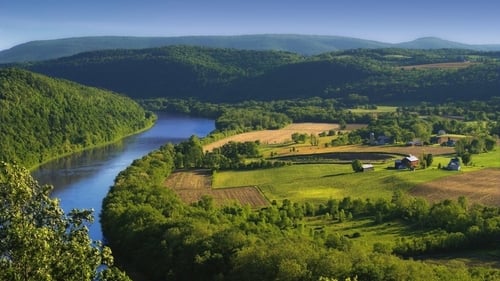
A filmed version of Aaron Copland's most famous ballet, with its original star, who also choreographed.
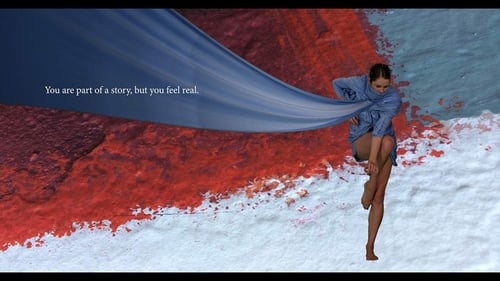
A film that immerses its audience in subjective states of consciousness they might experience when they die, imagining what they can see and think and hear in a seamless but fragmentary flow of poetic images, words and music. The viewer undertakes a journey into their own interior world of dreams and projections in which time and space, and cause and effect logic, are turned on their heads. Text Messages from the Universe is inspired by The Tibetan Book of the Dead, a text which guides souls on their journey of 49 days through the 'Bardo', or intermediate state, between dying and rebirth.

Modern dance is an evocative narrative tool in Georgia Parris' debut, which investigates a young woman's identity and the complex relationship she has with her mother and sister.

"II: AN UNSPOKEN NARRATIVE" tells the story about one guy going through life alone while learning the concept of balance in an unconventional way expressed by the form of movement and storytelling. We hope to take you on a journey within a story of life experiences revolving around balance where two different concepts make you realize your worst moment to make your great moments greater. Every part of this film is up for interpretation upon your lives.

A history of the work of Merce Cunningham.

Released on DVD as part of The Criterion Collection's "Martha Graham: Dance on Film" collection.

The mavericks whose radical ideas created modern dance in the 20th century.

We are a conversation is a 2014 documentary directed by Alexis karpouzos and Spyros rasidakis and written by Alexis karpouzos exploring the unity of humanity, featuring poets from around the world, whose lives have been dedicated to explore the mysteries of life and existence.

Made in 1980, this film explores the contemporary dance scene through the work of seven New York-based choreographers. They discuss the nature of dance and the evolution of their own work. Filmed at rehearsals, performances, and during interviews, the film is a unique primary source. The artistic roots of these seven artists can be found in Martha Graham's concern with modern life as a subject for dance and in Merce Cunningham's emphasis on the nature of movement. In the 1960s, the interaction of art forms generated choreographic innovations. Especially influential was John Cage, whose radical ideas served as a point of departure for much of the new choreography. Each of the choreographers in Making Dances draws inspiration from the Graham/Cunningham tradition, yet each makes a highly distinctive statement. Structure, movement in non-fictive time and space, and the nature of movement itself are recurring themes.

"The Magic Dancer" - A poetic, almost surreal text, that somewhat breathes Lorca. A unique lyrical universe.

The film reflects Dewdney's conviction that the projector, not the camera, is the filmmaker's true medium. The form and content of the film are shown to derive directly from the mechanical operation of the projector - specifically the maltese cross movement's animation of the disk and the cross illustrates graphically (pun intended) the projector's essential parts and movements. It also alludes to a dialectic of continuous-discontinuous movements that pervades the apparatus, from its central mechanical operation to the spectator's perception of the film's images... (His) soundtrack demonstrates that what we hear is also built out of continuous-discontinuous 'sub-sets.'

This documentary on the "youth movement" of the late 1960s focuses on the hippie pot smoking/free love culture in the San Francisco Bay area.

A well-composed psychological dance drama of a completely different kind from the usual romantic and sometimes superficial ballets. And an intrusive interpretation of August Strindberg's play.

A mockumentary focusing on an art school frat's attempt at recording a music video for their latest party anthem with unwanted dancers and an unruly director.











